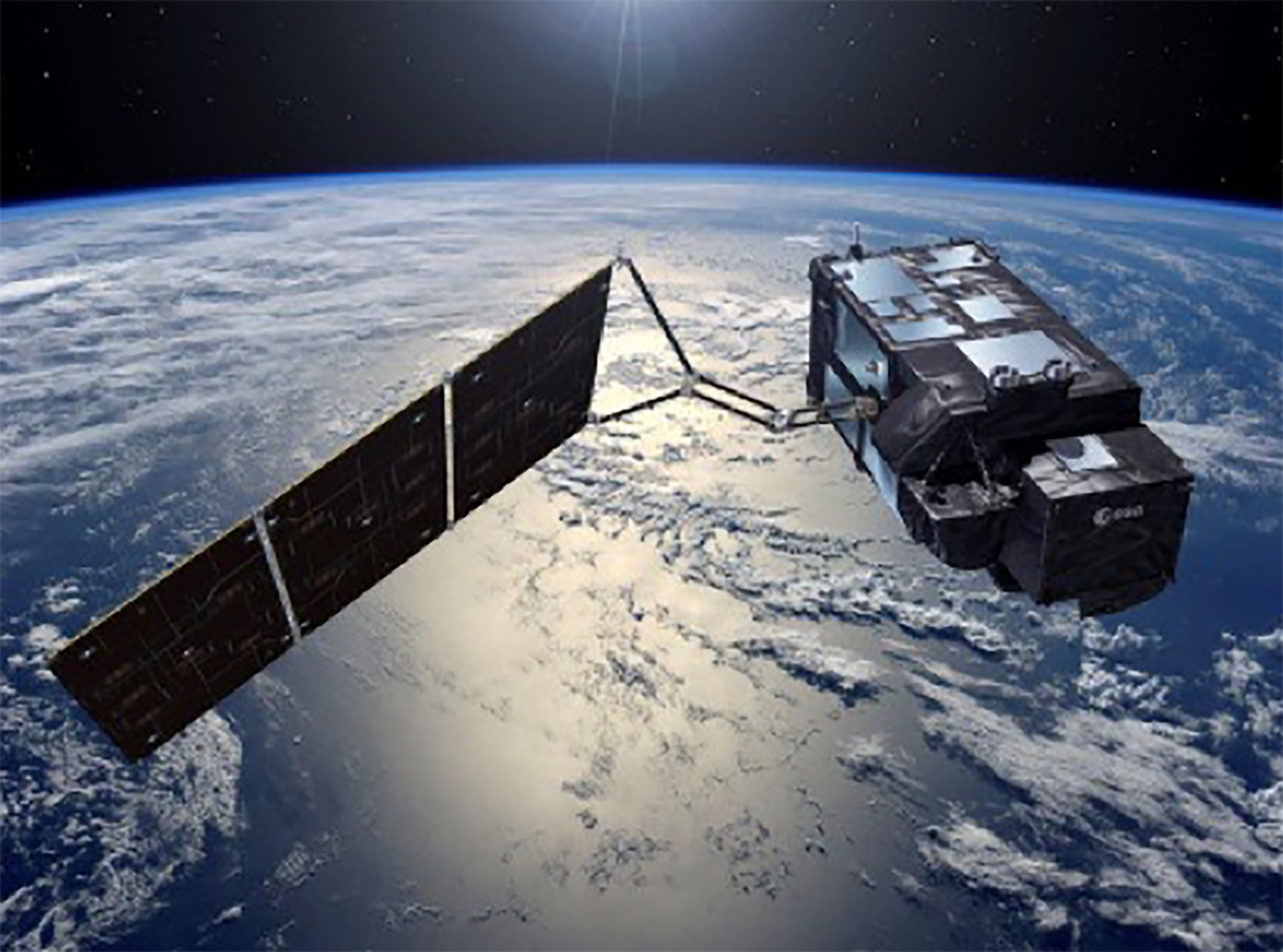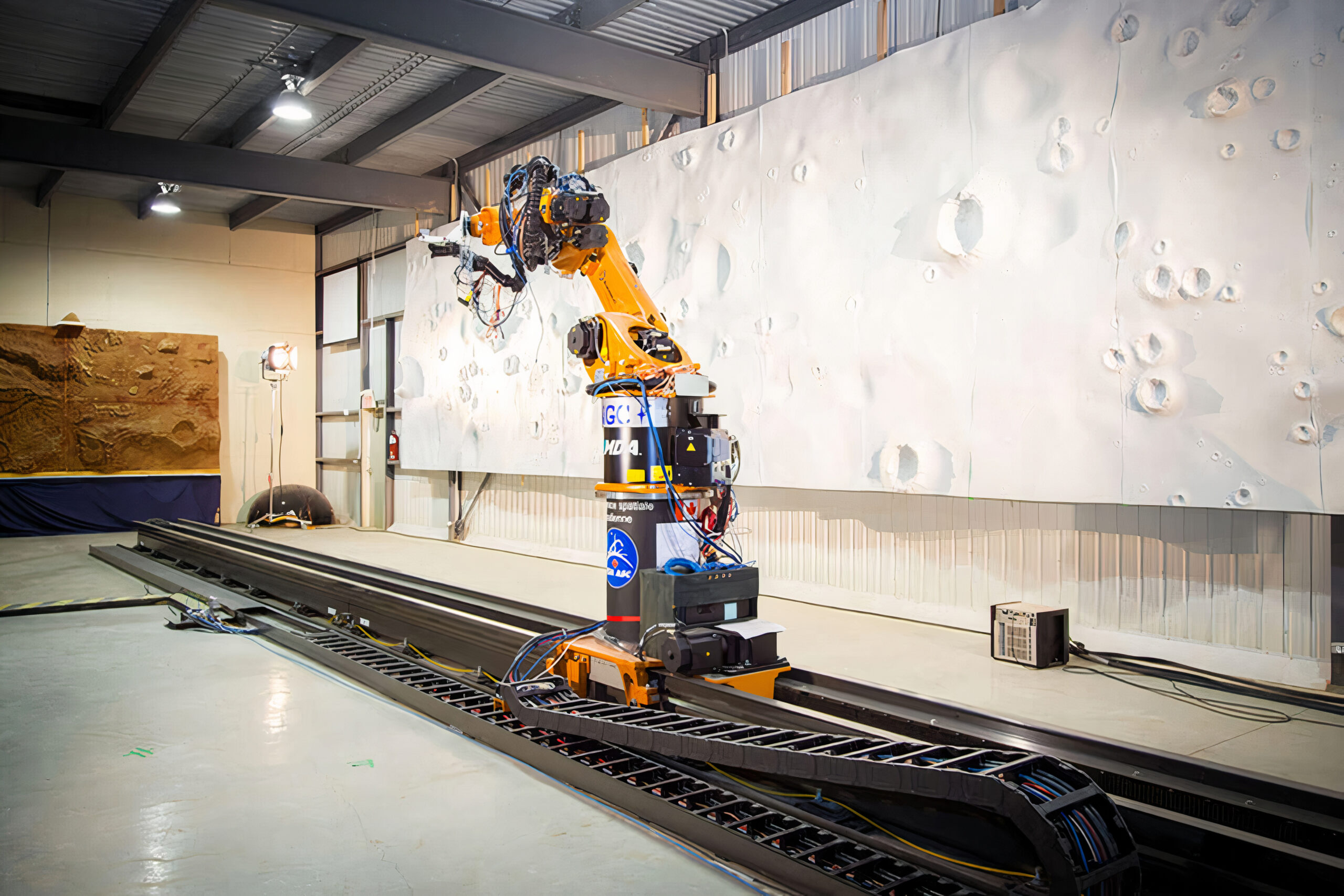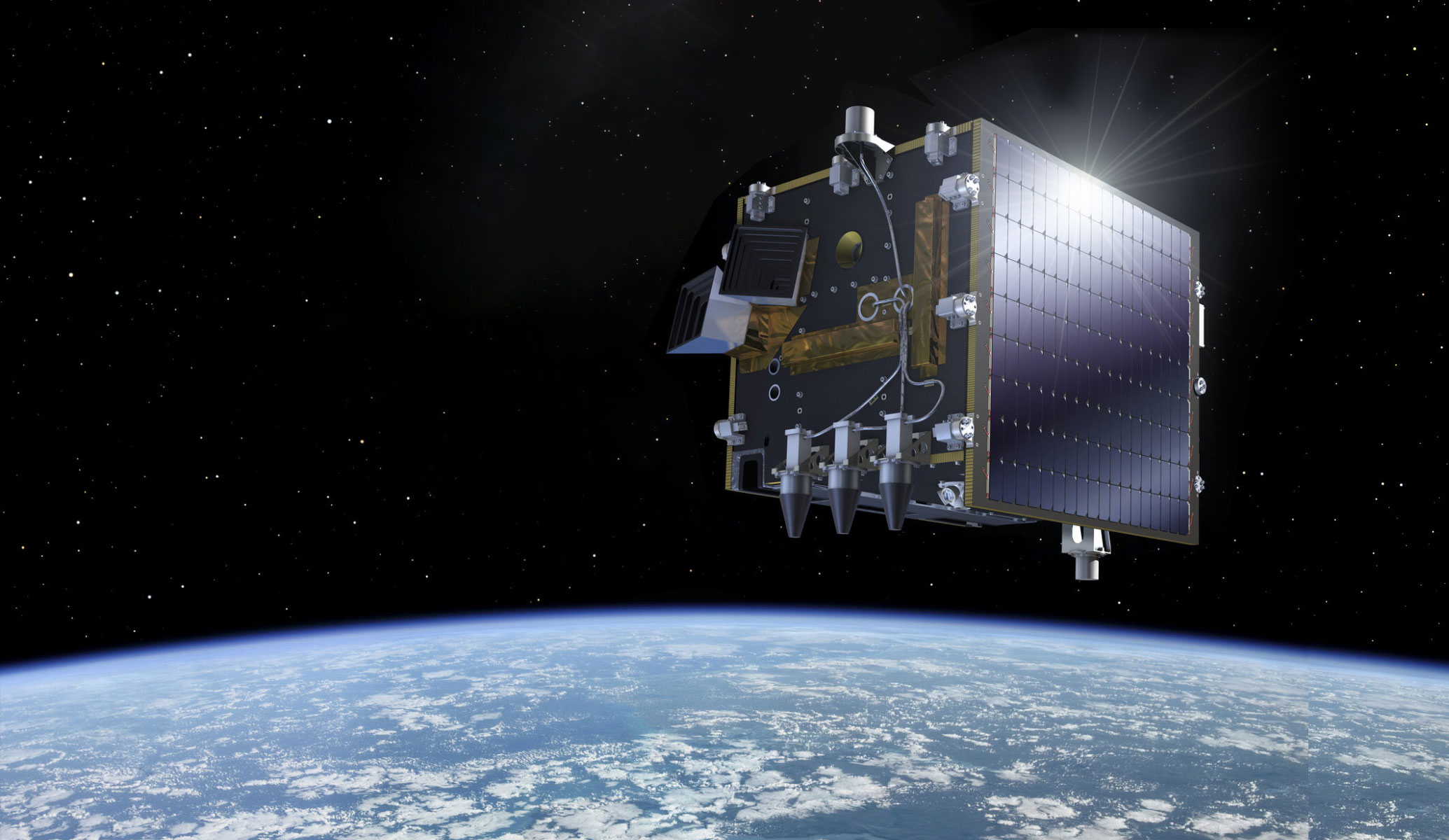About NGC
Shaping the future of autonomous exploration
NGC Aerospace is a high-tech Canadian SME recognised for the design and deployment of artificial vision, guidance, navigation and control systems for the autonomous operation of space, aerial and terrestrial vehicles. The analyses, algorithms, simulators and real-time software developed by NGC are intended to increase the autonomy, performance, reliability and safety of these intelligent vehicles while at the same time reducing their operational cost.
From theoretical concepts and innovations to satellites and autonomous rovers currently in operation, NGC has demonstrated creativity, quality, excellence and performance consistent with its motto.






